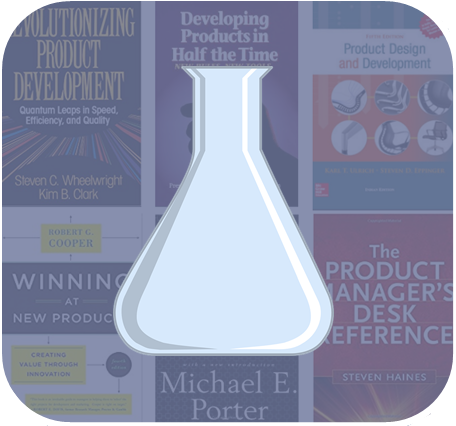This book is great because it helps you learn lessons. Many other books focus on the content much more than the format and context. Goldratt weaves this fictional story around the lessons, which actually helps retention. Good on you, Goldratt.
Side note. There is something called “see one, do one, teach one.” This is the manner by which doctors learn their craft. Same for many professionals where people’s lives are at stake. This is actually part of the reason why I’m writing these posts; in teaching others, I’m solidifying my own knowledge. I’m basically using you right now to learn this stuff and you don’t even know it.
I think I will always remember that the 3 key measurements of a plant are throughput, inventory, and operational expenses because I learned them with Alex as he struggled to understand them. I wish I could distill all of that learning into a quick post for you, but I can’t.
The best I can say is this:
- Throughput. This is the measure of how much the plant is making through sales.
- Inventory. All the money invested in things which you intend to sell.
- Operational expenses. All of the money the system spends in order to turn inventory into throughput.
As Jonah (the Yoda character) says, these definitions are very precise and carefully worded.
Throughput – all the money coming into the system.
Inventory – all the money stuck in the system.
Operational expenses – all the money flowing out of the system.
I like thinking of it that way – as flows. There is money coming in, stuck inside, and money coming out. Like a piggy bank. Manufacturing plants are sort of like piggy banks.
